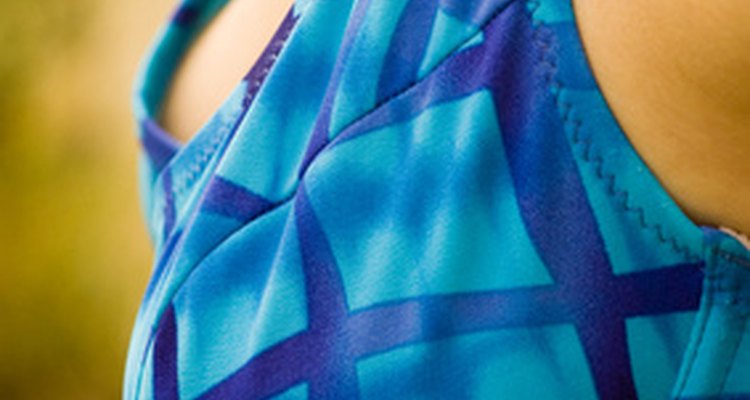
Bra cup size does matter for a number of reasons. Body image issues, activity levels and finding clothes and bras that both fit and provide adequate support are a few of those reasons. Women who are not happy with their cup size have ways to change it. In fact, the average bra cup size has increased, according the market research firm NPD Group, rising from a 34B to 36B in 1991 to a 36B to 36C in 2000.
Measurement
Bra cup sizes range from an A cup to an F cup, with the A cup the smallest of the bunch. Determine your cup size by first using a tape measure to gauge the distance around your rib cage, right below the breast where your bra band would sit. Then put on a bra that fits well to keep breasts from sagging, and measure the distance around your back and the fullest part of the breasts. Subtract the band size from the measurement around the breasts. The number indicates the cup size. If the difference is one, you are an A cup, a difference of two is a B cup, three is a C cup, four is a D cup, five is an E cup and six is an F cup.
Considerations
Cup sizes are not the only factor that determines a bra size. Bras use both the measurement around your ribcage and the measurement around your breasts to determine the size. The measurement around your ribcage plus five is the size of the band. Not all bra types and tops are meant for all cup sizes. Bra tops that include a built-in shelf bra are usually only sufficient for those with an A or B cup, unless the tops include underwire or added support. Sports bras also come with different levels of support, not all of them fashioned for cup sizes larger than a C.
Fit
Wearing a bra, bikini top or other form-fitting item that does not properly fit your cup size can cause problems. If the cup size is too small for you, your breasts can be exposed at the top, sides or bottom of the garment or be pinched and uncomfortable. Cup sizes that are too big will result in a saggy, deflated appearance or wrinkled fabric. If the bra band is too small, breasts can pop out of the bottom when you raise your arms or the bra straps can dig into your shoulders since they are taking over too much of the support. If the band is too small, it can make your back look lumpy and dig into your underarms and other fleshy areas.
Reduction
Breast reduction surgery reduces the cup size by removing breast tissue, fat and skin from inside the breast. Women opt for breast reduction surgery for a variety of reasons, usually if the larger cup size is causing them embarrassment or problems, according to the Mayo Clinic. Reasons include breasts that hang low or stretch the skin, inability to engage in certain activities or find bras or clothes that fit, and pain. Women with large cup sizes can suffer from neck, back and shoulder pain, rashes under their breasts, or bad posture. Risks include scarring, loss of feeling in the nipples or areolae or loss of the nipples or areolae altogether, asymmetrical breast appearance, and not being able to breast feed.
Enlargement
Breast enlargement surgery increases the cup size by inserting either saline or silicone implants into the breasts. While some implants are for breast reconstruction surgery after mastectomies or injuries, many are for cosmetic reasons. Risks include infection, pain, an implant that ruptures or leaks, scar tissue that can alter the shape of the implant and loss of feeling in the breasts or nipples.
Related Articles

What Is the Average Breast Measurement?

How to Find Your Jock Strap Size

What Bras Are the Best for a Big Chest ...

How to Decrease the Padding in a Bra

Bra Sizing Guide
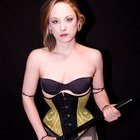
How Do Corsets Work With Breast Forms?

What Does Bust Size Mean?

How To Alter Bras

How to Find the Correct Bra Size
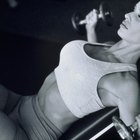
What Are the Benefits of Wearing a ...
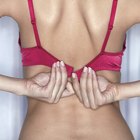
How to Put on a Long Line Bra
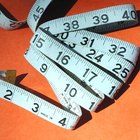
How to Measure Breast Size
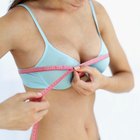
How to Calculate Your Bra Size
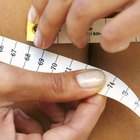
How to Size Compression Shorts
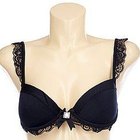
How to Increase Breast Size With Bra ...

The Advantages of Racerback Bras
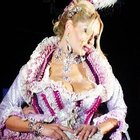
About Transgender Bras

How to Hide Body Fat With Clothes

How to Measure for a Girl's First Bra ...

What Is the Cup Size of Someone With a ...